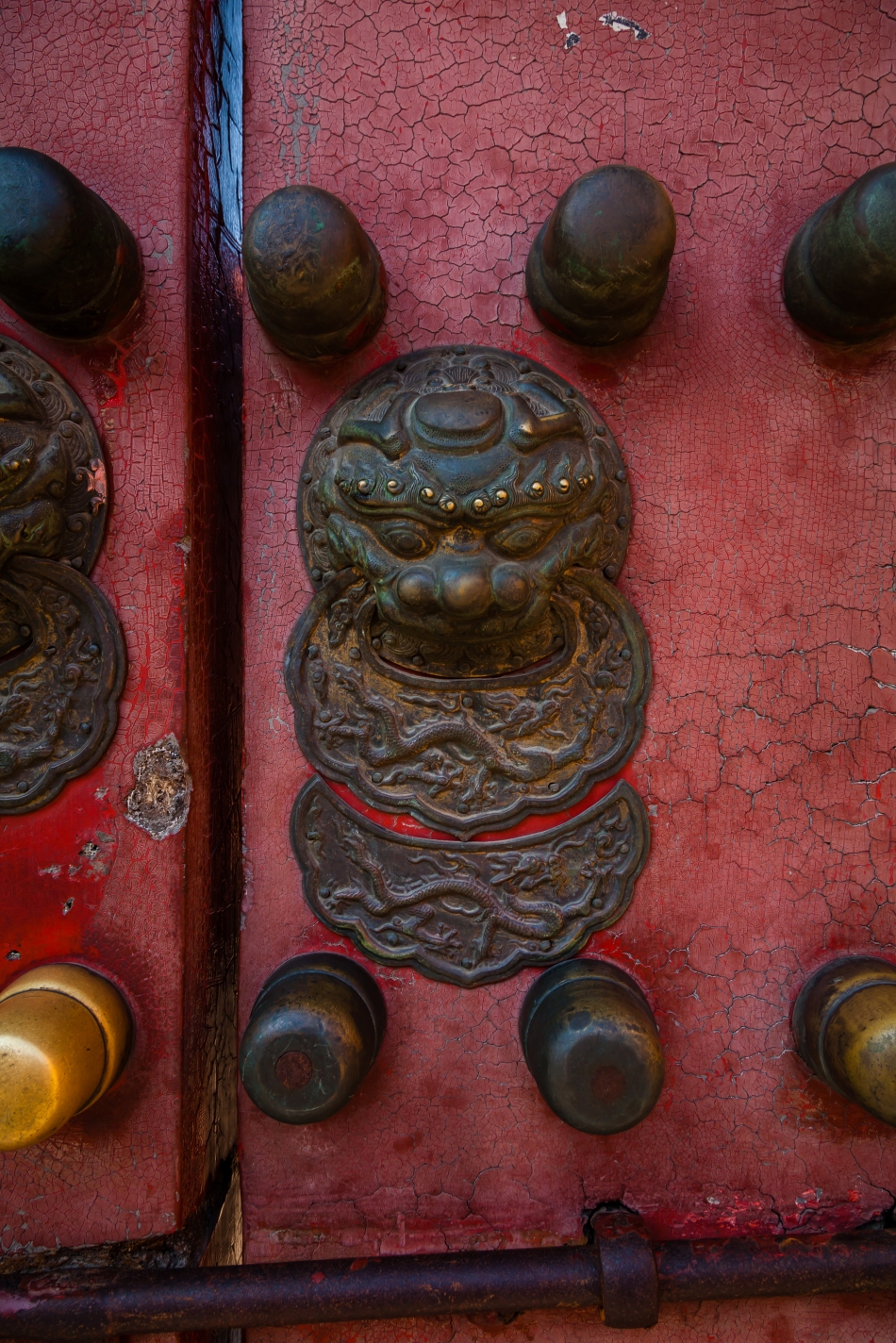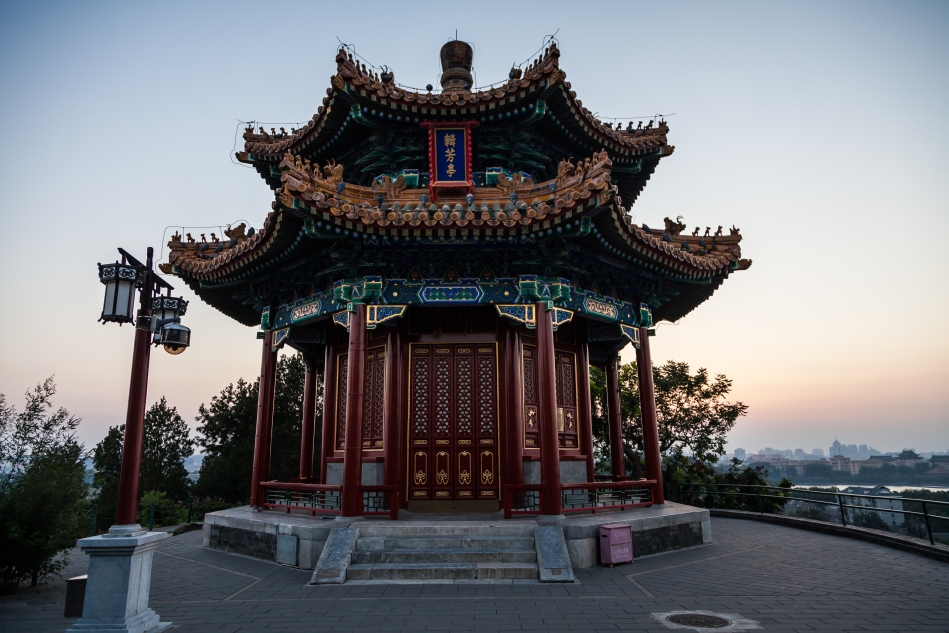The Forbidden City (紫禁城)
The Tiananmen (天安門) or Gate of Heavenly Peace was first built during the Ming Dynasty in 1420. Tiananmen is often referred to as the front entrance to the Forbidden City. However, the Meridian Gate (午门) is the first entrance to the Forbidden City, while Tiananmen was the entrance to the Imperial City, within which the Forbidden City was located. Tiananmen is located to the north of Tiananmen Square, across the street from the plaza from Chang’an Avenue.
The Forbidden City (紫禁城) was the Chinese imperial palace from the Ming Dynasty to the end of the Qing Dynasty. It is located in the middle of Beijing. For almost 500 years, it served as the home of emperors and their households, as well as the ceremonial and political center of Chinese government.
Built in 1406 to 1420, the complex consists of 980 buildings and covers 720,000 m2 (7,800,000 sq ft).
The construction lasted 14 years, and required more than a million workers.Material used include whole logs of precious Phoebe zhennan wood found in the jungles of south-western China, and large blocks of marble from quarries near Beijing. The floors of major halls were paved with “golden bricks”, specially baked paving bricks from Suzhou.
After being the home of 24 emperors – 14 of the Ming Dynasty and 10 of the Qing Dynasty – the Forbidden City ceased being the political centre of China in 1912 with the abdication of Puyi, the last Emperor of China. Under an agreement with the new Republic of China government, Puyi remained in the Inner Court, while the Outer Court was given over to public use, until he was evicted after a coup in 1924.
After the establishment of the People’s Republic of China in 1949, some damage was done to the Forbidden City as the country was swept up in revolutionary zeal. During the Cultural Revolution, however, further destruction was prevented when Premier Zhou Enlai sent an army battalion to guard the city.
Jingshan hill (“Prospect Hill”, 景山) is an artificial hill covering an area of more than 230,000 m². Jingshan is immediately north of the Forbidden City on the central axis of Beijing. Originally an imperial garden, it is now a public park, known as Jingshan Park (景山公园). Until 1928 the park sat directly by the moat and was accessible on the south side only from the Forbidden City via the Gate of Divine Might.
The last emperor of the Ming Dynasty, Chongzhen, committed suicide in the park by hanging himself here in 1644.
The Tiananmen Square is named after the Tiananmen Gate located to its North, separating it from the Forbidden City. Tiananmen Square is the third largest city square in the world (440,000 m² – 880m by 500m or 109 acres – 960 by 550 yd).





